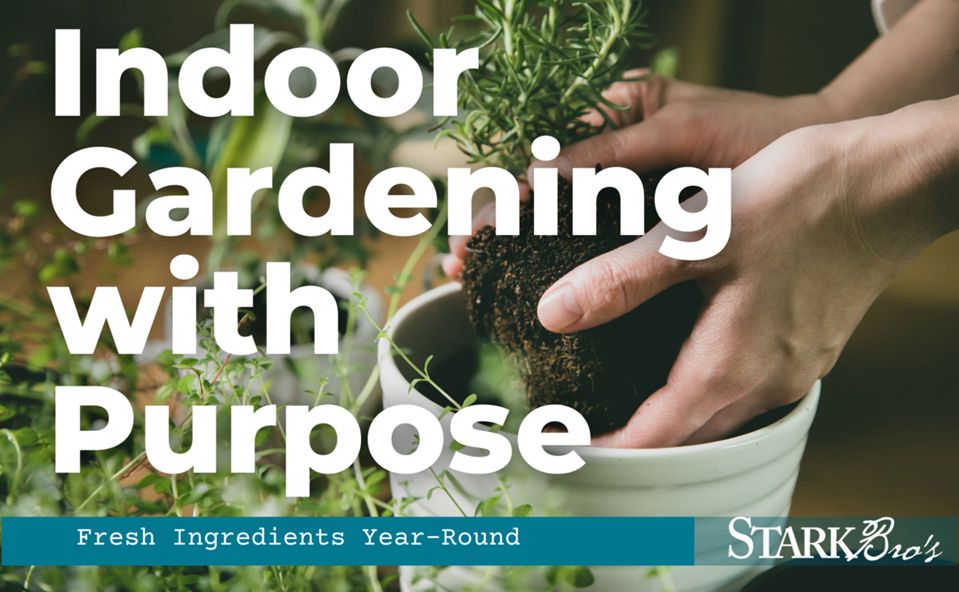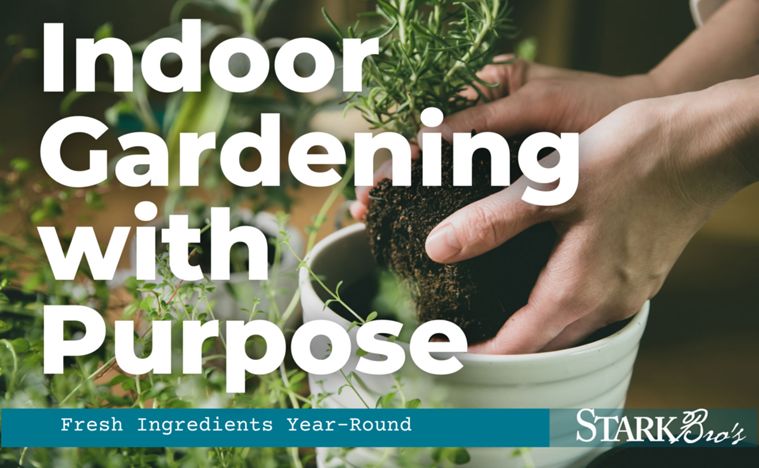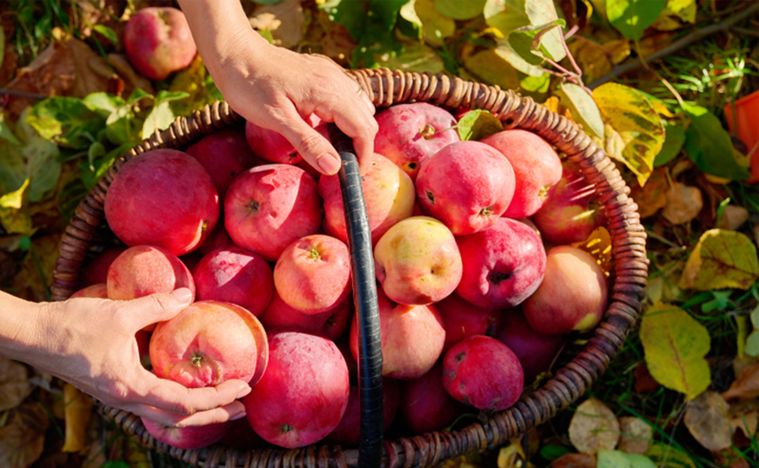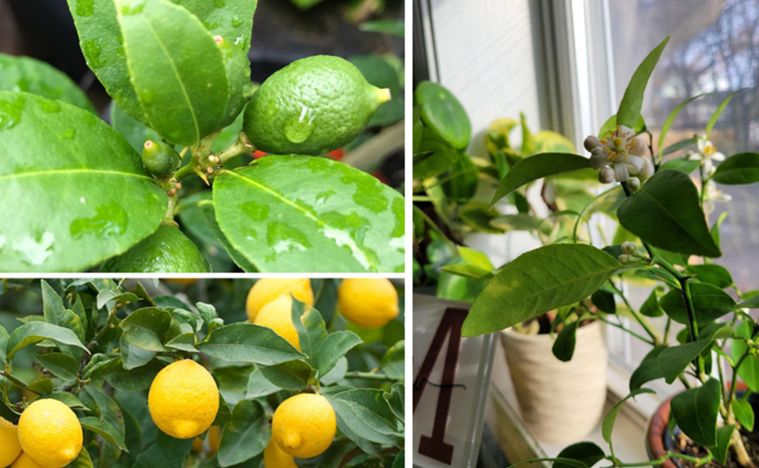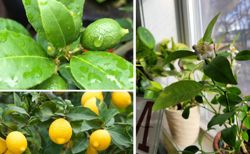House Plants: Benefits, Top Picks, and Care Tips
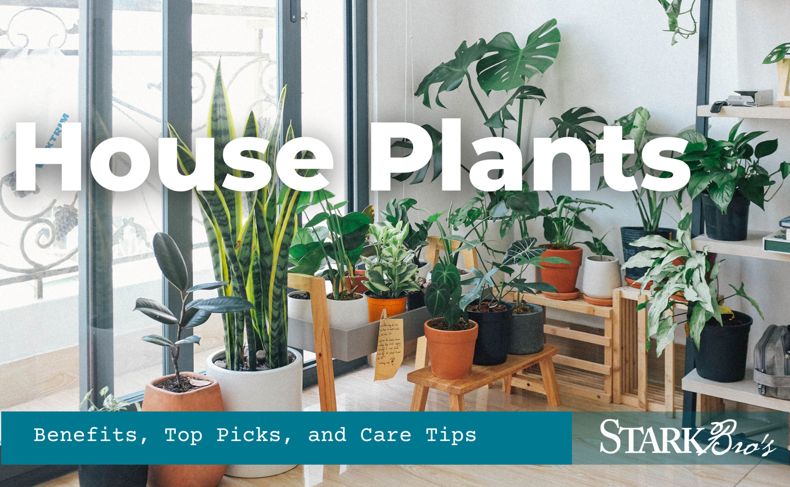
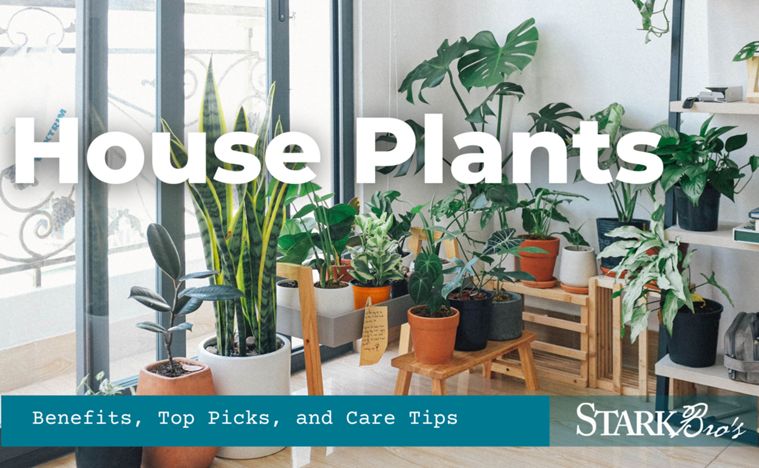


The Health and Wellness Benefits of House Plants
From improving the air you breathe to uplifting your mood, house plants offer a surprising array of health benefits. Here’s how house plants can positively impact your health and your home environment.
- Boosted Air Quality: Indoor plants act as natural air purifiers, absorbing carbon dioxide and releasing oxygen to freshen your space. Some plants, like snake plants and peace lilies, are particularly effective at filtering common indoor pollutants, such as formaldehyde and benzene, often found in household materials. Adding these plants to your home can make a measurable difference in air quality, creating a cleaner, healthier environment.
- Improved Mood and Productivity: House plants are proven to reduce stress, boost mood, and enhance productivity. Studies show that having indoor greenery, like calming lavender, helps ease the nervous system and creates a focused, restorative environment—ideal for improving concentration and reducing mental fatigue, whether working or relaxing at home.
- Natural Humidifiers: Indoor plants naturally boost humidity by releasing moisture through their leaves, a process known as transpiration. This added moisture can help with dry skin, ease respiratory discomfort, as well as protect wood furniture from drying out. Plants like peace lilies, spider plants, and areca palms are particularly effective natural humidifiers, ideal for dry indoor environments.
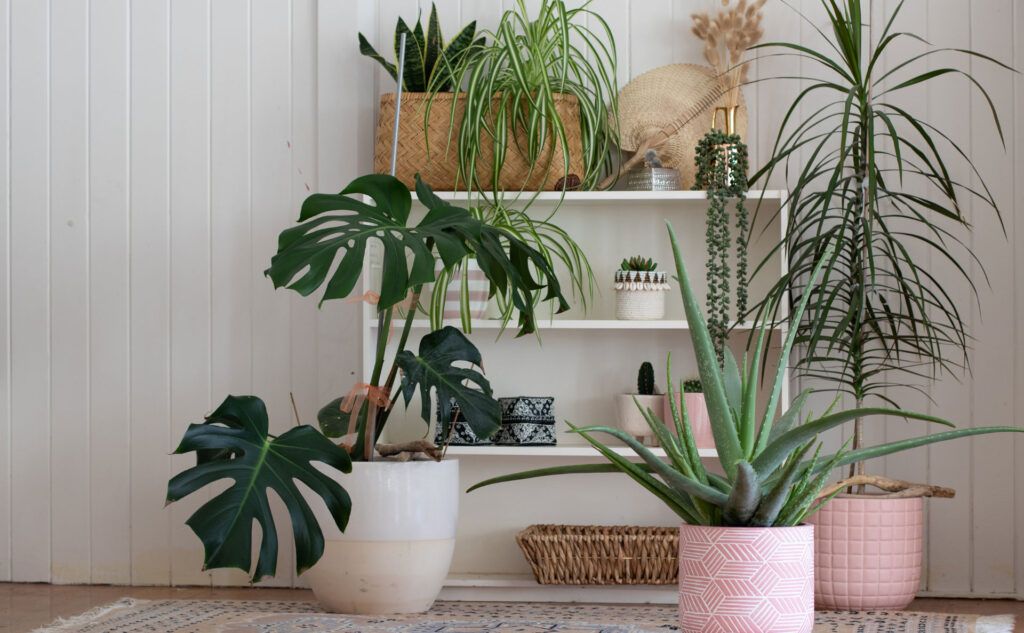
Choosing the Right Indoor Plants for Your Space
Whether you have a bright, sunny room or a cozy, low-light nook, there’s a plant that will thrive in your home. From bold statement plants to a practical kitchen herb garden.
Bright Spaces: Sun-Loving House Plants
For spaces bathed in natural light, vibrant plants like fiddle leaf figs, bird of paradise, and monstera are perfect choices. These eye-catching plants thrive in bright spaces, becoming lush focal points in any room. If you’re looking to combine beauty with productivity, fruiting plants such as Meyer lemon and Key lime citrus trees or dwarf fig trees like the Brown Turkey fig are excellent options. These plants reward you with fragrant blossoms and home-grown fruit, bringing the joy of gardening indoors.
Bright spaces are also ideal for starting herbs. Basil, rosemary, and thyme grow beautifully in sunny windowsills, providing fresh ingredients for your meals while infusing your home with delightful aromas. A sunny herb garden is a fantastic way to combine functionality with greenery, keeping fresh, flavorful additions to your dishes always within reach.
Low Light Spaces: Shade-Tolerant Indoor Plants
If your space has limited sunlight, don’t worry—there are plenty of house plants that thrive in medium to low light. Pothos, snake plants, and spider plants are hardy favorites that not only add greenery but also act as natural air purifiers, improving indoor air quality. These adaptable plants are great for beginners and bring a lively touch to dim corners or offices.
For a more tropical vibe, consider rubber plants or ZZ plants. With their glossy, vibrant leaves, these low-maintenance plants require minimal effort to thrive and add sophistication to shaded areas. Even in areas with less light, you can still create a lush, relaxing atmosphere for your space.
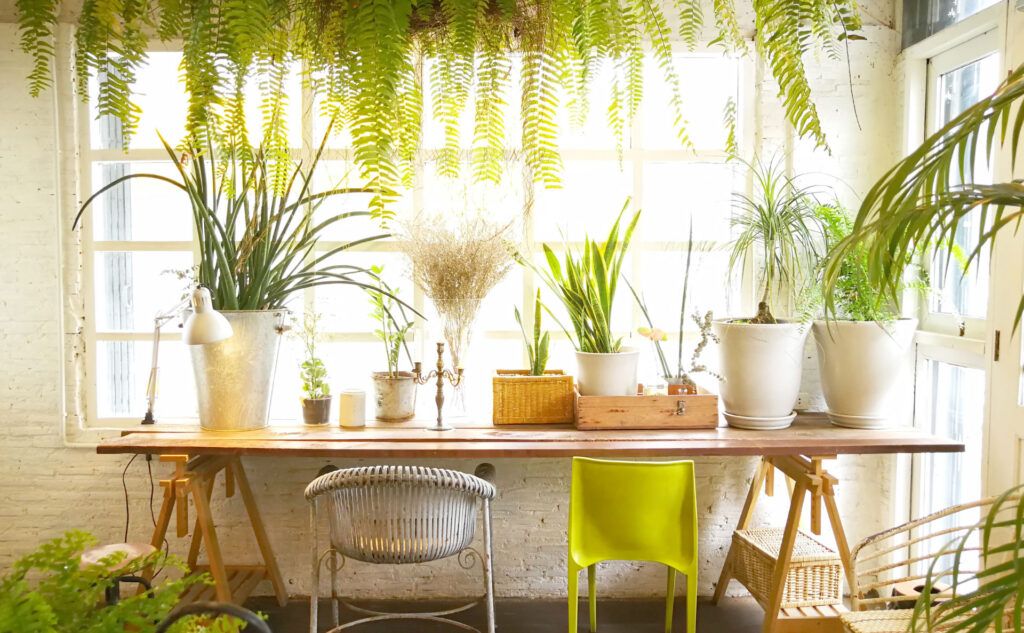
While some plants add beauty and greenery to your home, others go a step further by serving practical purposes—like providing fresh ingredients or even skin care benefits.
Dual-Purpose Plants: Edible and Practical House Plants
Dual-purpose house plants are the perfect way to combine beauty with functionality. These plants not only enhance your home’s atmosphere but also provide fresh ingredients and natural remedies.
Cooking Herbs for Flavorful Dishes
Basil, rosemary, and mint are must-haves for any kitchen herb garden. Basil thrives in bright light and is perfect for salads, pestos, or garnishing your favorite dishes. Rosemary loves a sunny windowsill and adds rich flavor to roasts and soups, while mint is more forgiving of indirect light and ideal for cocktails, teas, or desserts.
Tea and Aromatic Herbs for Relaxation
Create a calming indoor garden with herbs like lavender, chamomile, and lemon balm. Lavender’s soothing aroma is perfect for teas, sachets, or oils, while chamomile is a classic choice for bedtime teas. Lemon balm adds a fresh, citrusy fragrance to your space and can be used in teas, desserts, or even homemade cleaners.
Skincare and Medicinal Plants for Wellness
Aloe vera stands out as both decorative and practical. Its sculptural leaves bring style to any room, while the gel inside is a go-to remedy for burns, cuts, and dry skin. Place it on a sunny windowsill for optimal growth and easy access to its soothing properties.
Fruiting Plants for Fresh Produce
Citrus trees, like Meyer lemons and Key limes, and compact figs, bring the joy of homegrown fruit indoors. These plants thrive in bright spaces and reward you with fragrant blossoms and fresh produce year-round, making them an excellent choice for productive indoor gardening.
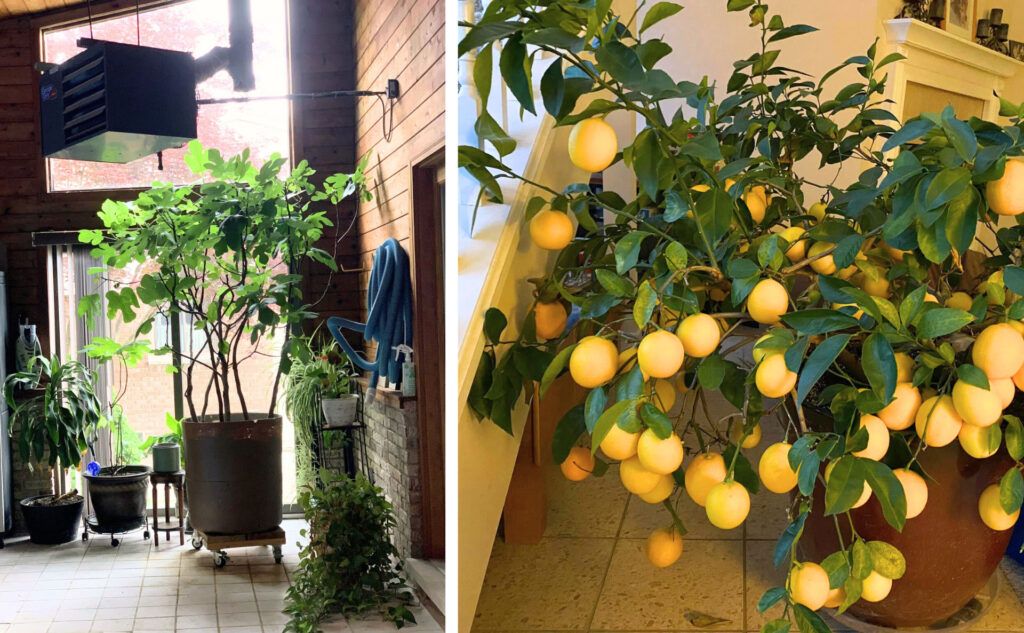
Tips for Thriving Indoor Plants
- Know Your Watering Schedule: Over-watering is one of the most common mistakes for new plant parents. Check the soil moisture before watering to avoid root rot, and adjust for the plant's specific needs.
- Keep Humidity in Mind: Many indoor plants, especially tropical ones, benefit from increased humidity. You can mist plants, group them together, or use a small humidifier to give them an added boost.
- Rotate and Repot: Rotating your plants helps them grow evenly, especially those that lean toward the light. Repotting once a year, or as needed, allows roots to spread and promotes healthier growth.
- Feed Your Plants: Indoor plants benefit from a balanced, water-soluble fertilizer during their growing season. Fertilizing keeps plants lush and enhances their natural color.
Conclusion
Bringing house plants into your home is about more than décor—it’s a way to create a vibrant, living environment that benefits your well-being. Whether you have a sunny space or a cozy nook, there’s a plant to fit every corner and lifestyle. From air-purifying plants to edible herbs, house plants add beauty, freshness, and purpose to your indoor space, making it truly feel like home.
To dive deeper into indoor gardening and discover more about growing plants indoors, check out our Indoor Gardening Blog for tips and inspiration.

